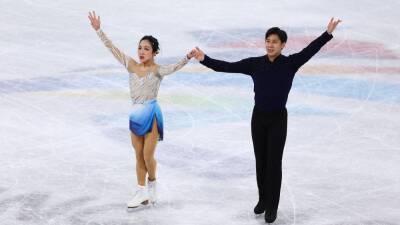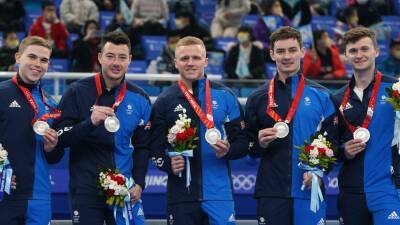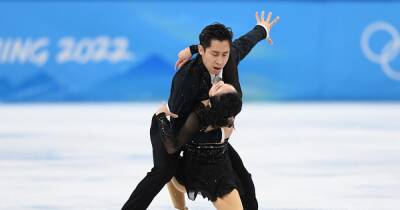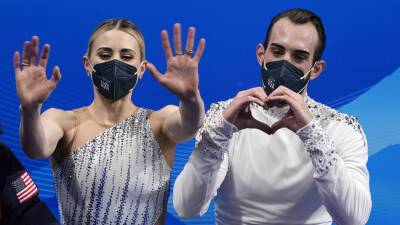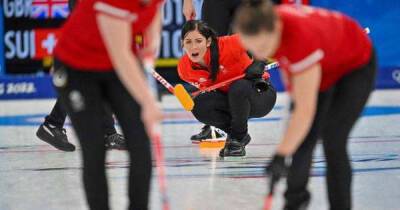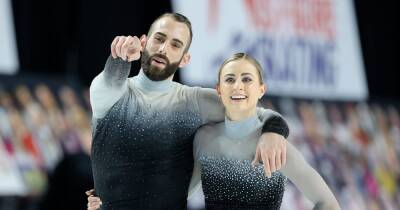How close are the Winter Olympics to being gender equal?
At the 2022 Winter Olympics, 45 percent of athletes are women, a Winter Games record. That’s up from 41 percent four years ago in PyeongChang – and 4.3 percent at the inaugural Olympic Winter Games in 1924.
Beijing will feature the debut of seven new events – one women’s event (monobob) and four mixed gender events – all part of an IOC gender initiative.
As a result, these Olympic Winter Games have been called the most “gender equal” in history.
Still, not every Olympic sport features equal opportunity.
There’s also the fact that the binary on which most sports are currently organized – men on one side, women on the other – doesn’t accurately represent society. That line is starting to blur thanks to a handful of pioneering athletes, including U.S. pairs’ figure skater Timothy LeDuc, who will become the first publicly out non-binary athlete to compete at a Winter Games when they skate in Beijing (more below).
As the 2022 Beijing Winter Games get underway, here is a look at a few sports in which progress still needs to be made.
There is only one Olympic sport that is open to men, but not women: Nordic combined, a winter sport that includes both ski jumping and cross-country skiing. It is one of six sports that has been contested at every Winter Olympics in history.
Women’s nordic combined initially seemed like a possibility for Beijing, but when the official Olympic program was revealed, female athletes realized they would need to wait until at least 2026.
“I’ve wanted to compete internationally in Nordic combined since I was about 11 years old. And now I’m 26. And [my sport] isn’t in the Olympics, and I don’t know when it will be in the Olympics,” U.S. athlete Tara Geraghty-Moats told On Her Turf in 2020.
As a result of



